Introduction
As a responsible pet parent, staying on top of flea and tick prevention for your cat is crucial. Fleas not only cause discomfort but can also lead to serious health issues, such as flea allergy dermatitis, anaemia, and even transmit diseases like feline infectious anaemia (Gasper et al., 2018). In this guide, we will break down everything you need to know about cat flea treatment, including the most effective products, flea control for cats, and expert advice from veterinary professionals.
What Are Fleas and Ticks, and Why Do You Need Flea Treatment for Cats?
Fleas are small, blood-sucking parasites that infest your cat’s fur, causing intense itching, irritation, and potential health problems. They can also transmit diseases, such as feline anaemia in severe cases (Paterson et al., 2018). Flea control for cats is essential to prevent these pests from taking over your feline friend's coat and causing discomfort. If left untreated, fleas can lead to secondary infections due to excessive scratching, which can negatively impact overall health.
Ticks are another common external parasite that affects cats. They are vectors for diseases like Lyme disease, which can cause serious complications in both cats and humans. Ticks are generally more common in outdoor cats, but indoor cats can also be at risk if they are exposed to infested areas or other animals (Fulkerson et al., 2020). Flea and tick treatment for cats is essential to protect your pet from these harmful parasites.
Types of Flea Treatment for Cats
When it comes to flea meds for kittens and adult cats, there are several treatment options designed to suit different needs. Understanding the types of treatments available will help you make the best choice for your cat.
1. Topical Flea Treatments (Flea Drops for Cats)
Topical flea treatments, such as flea drops for cats, are one of the most common and effective ways to treat fleas. These products are typically applied directly to your cat’s skin, usually between the shoulder blades. They kill adult fleas and prevent future infestations.
Examples:
- Advantage II: A spot-on treatment that kills fleas within 12 hours and prevents new infestations for up to 4 weeks. It’s highly effective for both fleas and flea larvae.
- Frontline Plus: Another popular spot-on product that provides long-lasting protection, killing fleas and ticks within 24 hours of application.
Pros:
- Effective and fast-acting: Products like Advantage II kill fleas within hours (Fulkerson et al., 2020).
- Long-lasting: Single applications often provide up to a month of protection, making it convenient for busy pet parents (Gasper et al., 2018).
Cons:
- Possible skin irritation: Some cats may experience mild irritation or an allergic reaction at the application site (Paterson et al., 2018).
- Messy application: Topical treatments can be difficult to apply, especially for squirming or sensitive cats.
2. Oral Flea Medications
For pet owners looking for an oral flea control option, oral flea medications are a great choice. These pills or chewables work from the inside out, killing fleas once they bite your cat.
Examples:
- Comfortis: A chewable flea medication that kills fleas within 30 minutes of administration. Comfortis is recommended for cats who may not tolerate topical treatments.
- Bravecto: Another oral option that provides 12 weeks of flea and tick protection with a single dose.
Pros:
- No mess: Oral treatments like Comfortis don’t leave any residues on your cat’s fur, making them easier to administer (Fulkerson et al., 2020).
- Convenient for cats that groom frequently: Unlike topical treatments, oral medications aren’t washed away by your cat’s grooming.
Cons:
- Must be administered regularly: Some oral flea treatments require monthly doses (Paterson et al., 2018).
- Potential side effects: While rare, side effects such as vomiting or lethargy can occur (Gasper et al., 2018).
3. Flea Collars for Cats (Including Tick Prevention)
Flea collars are an effective way to provide continuous protection against fleas and ticks. These collars release ingredients that kill fleas and ticks on contact.
Examples:
- Seresto: A flea and tick collar that offers up to 8 months of protection, making it a popular choice for pet owners seeking long-term solutions.
- Hartz UltraGuard Pro: A budget-friendly option that provides protection for up to 7 months, suitable for flea and tick prevention.
Pros:
- Continuous protection: Flea collars like Seresto provide months of protection, offering convenience for busy pet owners (Paterson et al., 2018).
- Waterproof: Unlike some topical treatments, flea collars are waterproof and remain effective even after your cat gets wet.
Cons:
- Potential irritation: Some cats may experience skin irritation from the collar (Gasper et al., 2018).
- Not suitable for all cats: Kittens under a certain age or weight may not be able to use flea collars safely (Fulkerson et al., 2020).
4. Prescription Flea Treatments
If your cat has a severe flea problem, a prescription flea treatment may be necessary. These treatments are typically stronger than over-the-counter options and offer the best results for cats in need of more intensive treatment.
Examples:
- Capstar: A prescription-only pill that starts killing fleas within 30 minutes and continues to work for 24 hours.
- Revolution Plus: A prescription topical treatment that prevents fleas, ticks, and other parasites, including heartworms.
Pros:
- Highly effective: Prescription treatments like Revolution Plus provide the most powerful flea-killing action (Gasper et al., 2018).
- Tailored to your cat’s needs: Your vet can recommend the most appropriate product based on your cat's age, health, and risk factors (Fulkerson et al., 2020).
Cons:
- Cost: Prescription treatments can be more expensive than over-the-counter alternatives.
- Requires veterinary consultation: You’ll need to visit your vet for a prescription (Paterson et al., 2018).
Best Flea Treatment for Cats: Choosing the Right Option
With so many flea meds for kittens and adult cats available, choosing the best one for your pet can be overwhelming. Here are some of the top-rated options based on their effectiveness and safety:
- Best Feline Flea Treatment: If you're looking for the strongest flea treatment for cats read our blog What flea treatment do vets use? Options like Frontline Plus (topical) or Bravecto (oral) offer fast-acting and long-lasting protection (Gasper et al., 2018).
- Vet-Recommended Flea Treatment for Cats: Your vet may suggest prescription treatments like Capstar or Revolution Plus, which are tailored to your cat’s specific needs.
- Best Flea Control for Cats: For all-around protection, look for a product like Seresto flea collar, which offers both flea and tick medicine for cats.
Click on the hyperlink to access more information if your cat still has fleas after treatment
If you want to know whether dogs can catch cat fleas click on the highlighted text to learn more.
For more specific information on prescription only medicines used by vets go here: What Treatments Do Vets Use?
Ticks in Cats: Understanding and Preventing Tick Infestations
While fleas are the most common external parasite, ticks can also pose a serious threat to your cat’s health. Tick treatment for cats is vital, especially for those who venture outdoors. Ticks can transmit diseases like Lyme disease and ehrlichiosis, which can cause severe complications if left untreated (Fulkerson et al., 2020).
Just like with fleas, there are various flea and tick treatments for cats available, including topical treatments and oral medications. Flea collars that also protect against ticks can provide a comprehensive solution for pets in tick-prone areas.
Signs of tick infestations in cats include:
- Lumps or bumps on the skin, where ticks are attached.
- Excessive grooming: Cats may try to remove ticks by licking or scratching.
- Skin irritation: As ticks attach to the skin, they can cause redness and discomfort.
Examples of flea and tick treatments:
- Seresto Flea and Tick Collar: Protects against both fleas and ticks, providing a comprehensive solution.
- Frontline Plus: A topical treatment that kills both fleas and ticks within 24 hours.
How to Prevent Fleas and Ticks on Cats
Prevention is always better than treatment. Here are some ways to prevent fleas and ticks from infesting your cat:
- Regular Flea and Tick Treatments: Consistent use of feline flea products like flea drops for cats, oral medications, or flea collars will ensure your cat is always protected.
- Clean Your Home Regularly: Wash your cat’s bedding, vacuum carpets, and treat your home with flea and tick control products to keep these parasites at bay (Paterson et al., 2018).
- Check for Fleas and Ticks: Regularly inspect your cat's fur for signs of fleas or ticks, such as itching, scratching, or small black specks (flea dirt) (Gasper et al., 2018).
Fleas and Ticks on Cats: Recognising the Symptoms
Cats that have fleas or ticks may show several signs that can help you determine if they need treatment:
- Excessive Scratching and Biting: If your cat is constantly scratching, biting, or grooming, it could be a sign that they are infested with fleas (Fulkerson et al., 2020).
- Hair Loss: Constant scratching may lead to hair loss, especially around the tail and back.
- Flea Dirt: Flea dirt looks like small black specks on your cat’s fur, which is actually flea feces (Gasper et al., 2018).
- Lumps or Bumps from Ticks: Ticks attached to your cat’s skin will form small, firm lumps (Fulkerson et al., 2020).
Holistic Flea Solutions and Alternative Treatments
If you're seeking natural alternatives to conventional flea treatments, you can explore holistic solutions, such as neem oil, diatomaceous earth, or herbal flea powders. These may be gentler on your cat’s skin and may fit with a more natural lifestyle.
For a comprehensive guide on holistic flea treatments, you can visit this blog on natural flea remedies for pets by clicking on it.
Conclusion: Protect Your Cat with the Right Flea Treatment
The best way to keep your cat happy, healthy, and comfortable is by investing in the right flea and tick treatment. Whether you prefer flea drops for cats, oral flea medications, or flea control products for cats, there are various options to suit your needs. Always consult with your vet to choose the most appropriate solution tailored to your cat’s specific health requirements.
For a detailed comparison of prices and effectiveness, refer to our comprehensive flea treatment comparison table. Your cat’s well-being is worth it!
This should now provide more specific examples, comparisons, and additional resources. Let me know if you'd like any further adjustments!
Table 1: Flea, Tick & Worm Treatments for Cats
| Product Name | Active Ingredients | Targets | Mode of Use | Prescription Required | Duration | Price | Adverse Effects |
|---|---|---|---|---|---|---|---|
| Advantage | Imidacloprid | Fleas | Spot-on | No | 4 weeks | £20 (4 pipettes) | Skin irritation, lethargy |
| Broadline | Fipronil, (S)-Methoprene, Eprinomectin, Praziquantel | Fleas, Ticks, Roundworms, Tapeworms | Spot-on | Yes | 4 weeks | £25-£30 | Skin reactions, vomiting |
| Milbemax | Milbemycin Oxime, Praziquantel | Roundworms, Hookworms, Tapeworms | Oral Tablet | Yes | 3 months | £4-£6 per tablet | Lethargy, vomiting, neurological signs |
| Milpro | Milbemycin Oxime, Praziquantel | Roundworms, Hookworms, Tapeworms | Oral Tablet | Yes | 3 months | £5-£7 per tablet | Lethargy, vomiting, ataxia |
| Program | Lufenuron | Fleas (prevents eggs hatching) | Injection | Yes | 6 months | £50-£70 | Mild swelling at injection site |
| Seresto Collar | Flumethrin, Imidacloprid | Fleas, Ticks | Collar | No | 8 months | £35-£50 | Skin irritation, hair loss, lethargy |
| Capstar | Nitenpyram | Fleas | Oral Tablet | No | Single-dose treatment | £5-£7 | Vomiting, lethargy, diarrhea |
| Revolution Plus | Selamectin, Sarolaner | Fleas, Ticks, Roundworms, Hookworms, Heartworms | Spot-on | Yes | 4 weeks | £25-£30 | Hair loss, skin irritation, vomiting |
| Comfortis | Spinosad | Fleas | Oral Tablet | Yes | 1 month | £15-£25 | Vomiting, diarrhea, lethargy |
Table 2: Flea, Tick & Worm Treatments for Dogs
| Product Name | Active Ingredients | Targets | Mode of Use | Prescription Required | Duration | Price | Adverse Effects |
|---|---|---|---|---|---|---|---|
| Frontpro | Afoxolaner | Fleas, Ticks | Chewable Tablet | No | 4 weeks | £25-£30 | Vomiting, lethargy |
| Bravecto | Fluralaner | Fleas, Ticks | Chewable Tablet | Yes | 12 weeks | £30-£40 | Seizures, vomiting, lethargy |
| Nexgard | Afoxolaner | Fleas, Ticks | Chewable Tablet | Yes | 4 weeks | £20-£35 | Vomiting, neurological signs |
| Milbemax | Milbemycin Oxime, Praziquantel | Roundworms, Hookworms, Tapeworms | Oral Tablet | Yes | 3 months | £5-£7 per tablet | Lethargy, vomiting |
| Seresto Collar | Flumethrin, Imidacloprid | Fleas, Ticks | Collar | No | 8 months | £35-£50 | Skin irritation, lethargy |
| Capstar | Nitenpyram | Fleas | Oral Tablet | No | Single-dose treatment | £5-£7 | Vomiting, lethargy, diarrhea |
| Revolution Plus | Selamectin, Sarolaner | Fleas, Ticks, Roundworms, Hookworms, Heartworms | Spot-on | Yes | 4 weeks | £25-£30 | Hair loss, skin irritation, vomiting |
| Hartz UltraGuard Pro | Imidacloprid, Permethrin | Fleas, Ticks | Spot-on | No | 4 weeks | £10-£15 | Skin irritation, allergic reactions |
| Comfortis | Spinosad | Fleas | Oral Tablet | Yes | 1 month | £15-£25 | Vomiting, diarrhea, lethargy |
For more detailed information and ADR reports, visit ADR Reports https://www.adrreports.eu/vet/en/search.html
Table 3: Household Flea Treatments
| Product Name | Active Ingredients | Mode of Use | Duration | Price | Adverse Effects |
|---|---|---|---|---|---|
| Indorex | Permethrin, Pyriproxyfen | Spray | 12 months | £10-£15 | Toxic to cats |
| RIP Fleas | Permethrin, Methoprene | Spray | 12 months | £12-£18 | Toxic to cats |
| Acclaim | Methoprene, Permethrin | Spray | 12 months | £10-£20 | Respiratory irritation |
Here's why permethrin is harmful to cats:
-
Inability to metabolise: Cats lack the enzyme glucuronyl transferase in sufficient quantities, which is necessary to break down permethrin. As a result, when exposed to the substance, cats cannot effectively metabolise it, leading to a buildup of toxic levels in their system.
-
Neurological effects: When permethrin accumulates in a cat's body, it can interfere with the normal function of the nervous system. This can result in symptoms such as muscle tremors, seizures, drooling, or even death in severe cases.
Permethrin is toxic to cats and should be avoided in any flea treatment products meant for cats. Despite being a common ingredient in dog treatments, it can cause serious harm to cats (e.g., neurological symptoms, seizures, etc.).
For cats, permethrin-containing products should be avoided entirely.
Below is a table of home flea & tick sprays that can be used in homes with cats
| Product Name | Active Ingredients | Mode of Use | Safety for Cats | Features |
|---|---|---|---|---|
| Vet's Best Flea and Tick Home Spray | Peppermint oil, Clove oil, Cedarwood oil | Spray on furniture, carpets, bedding | Safe for cats when used as directed | Natural ingredients, kills fleas, flea eggs, and ticks |
| Fleabusters Rx for Fleas | Borate powder | Apply to carpets, rugs, and fabric surfaces | Safe for cats when used properly | Non-toxic, effective for flea larvae and adult fleas |
| Sentry Home Household Flea Spray | Nylar (Insect Growth Regulator) | Spray on carpets, furniture, pet bedding | Safe for cats when used as directed | Kills adult fleas and prevents future infestations |
| Natural Chemistry Flea Spray for Homes | Cedarwood oil, Rosemary oil, Peppermint oil, Clove oil | Spray on carpets, bedding, furniture | Safe for cats when used correctly | Non-toxic, eco-friendly, safe around pets and children |
| Orange Guard Flea Spray | D-Limonene (Orange peel extract) | Spray on carpets, bedding, pet bedding | Safe for cats when used as directed | Kills fleas, natural insecticide, non-toxic |
| EcoRaider Flea Killer | Essential oils (Rosemary, Mint) | Spray on furniture, bedding, carpets | Safe for cats when used as directed | Non-toxic, eco-friendly, kills fleas on contact |
| Zodiac Flea and Tick Spray | Pyrethrins (Chrysanthemum extract) | Spray on furniture, carpets, bedding | Safe for cats when used according to instructions | Caution required; avoid overuse, pyrethrins derived from flowers |
| Bayer Advanced Home Pest Control | Imidacloprid | Spray on furniture, carpets, bedding | Safe for cats when used as directed | Safe for use on furniture, carpets; avoid spraying directly on pets |
Table 4: Shampoos & Dips
| Drug Name | Active Drug Components | Advantages | Dosage Information | Disadvantages | Adverse Effects & Risks | Price |
|---|---|---|---|---|---|---|
| Johnson's Veterinary Flea and Tick Shampoo | Pyrethrin | Immediate relief, Part of grooming routine | Apply during bath | Drying effect on skin | Skin irritation, Dry coat | £6.99 |
| Beaphar Flea Shampoo | Margosa Extract, Pyrethrins | Natural ingredients, Immediate relief | Apply during bath | Short-term effectiveness | Skin irritation, Dry skin | £5.99 |
References
- Fulkerson, C. M., et al. (2020). The Impact of Tick-Borne Diseases on Cats. National Center for Biotechnology Information - https://www.ncbi.nlm.nih.gov/pmc/articles/PMC7399787/.
- Gasper, P. M., et al. (2018). Flea Infestations in Cats and Their Clinical Impact. National Center for Biotechnology Information - https://www.ncbi.nlm.nih.gov/pmc/articles/PMC6198723/.
- Paterson, M. J., et al. (2018). Flea Allergy Dermatitis in Cats: Diagnosis and Treatment. National Center for Biotechnology Information - https://www.ncbi.nlm.nih.gov/pmc/articles/PMC6191874/.

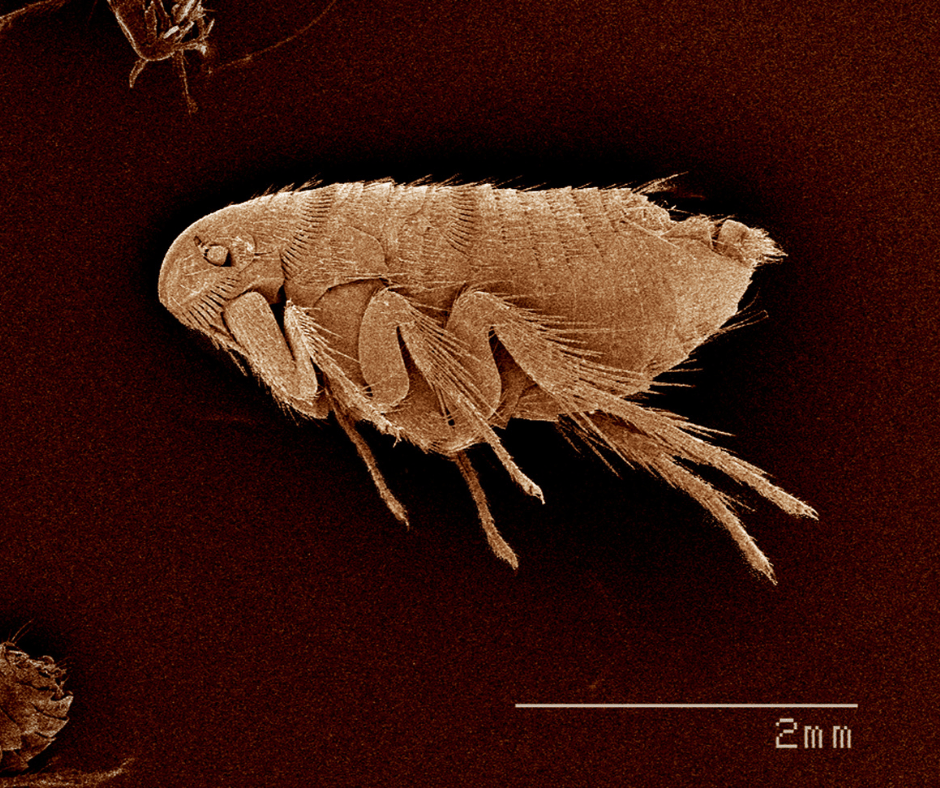


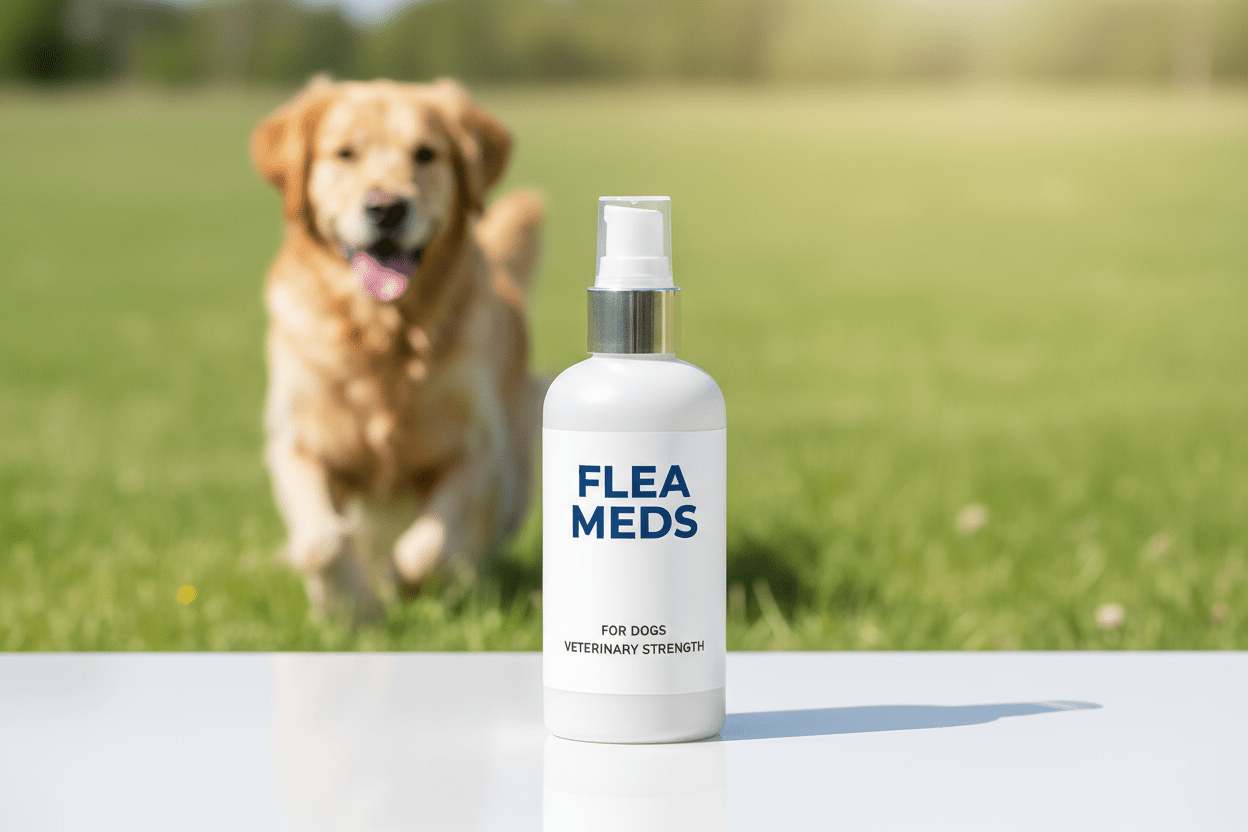


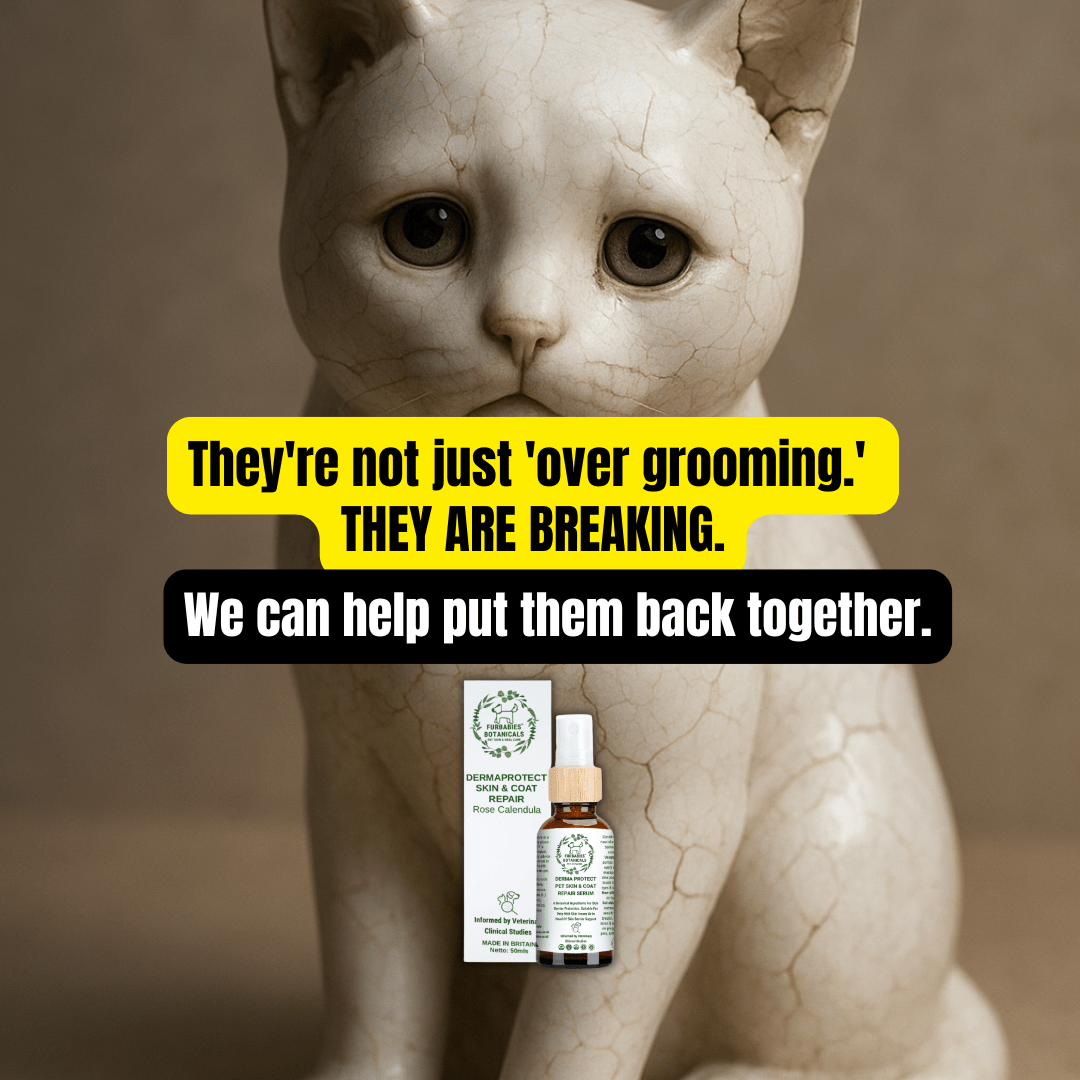
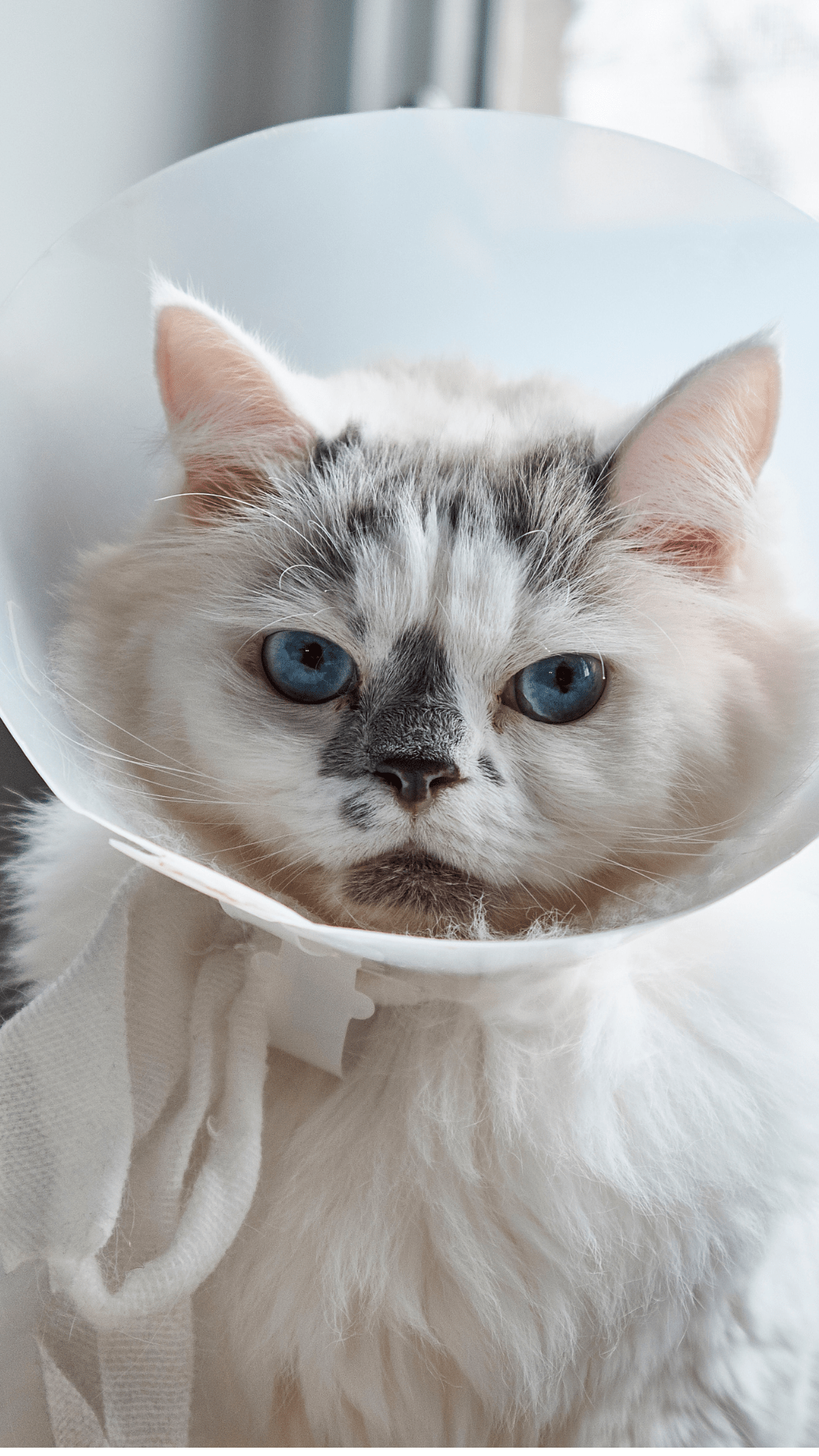
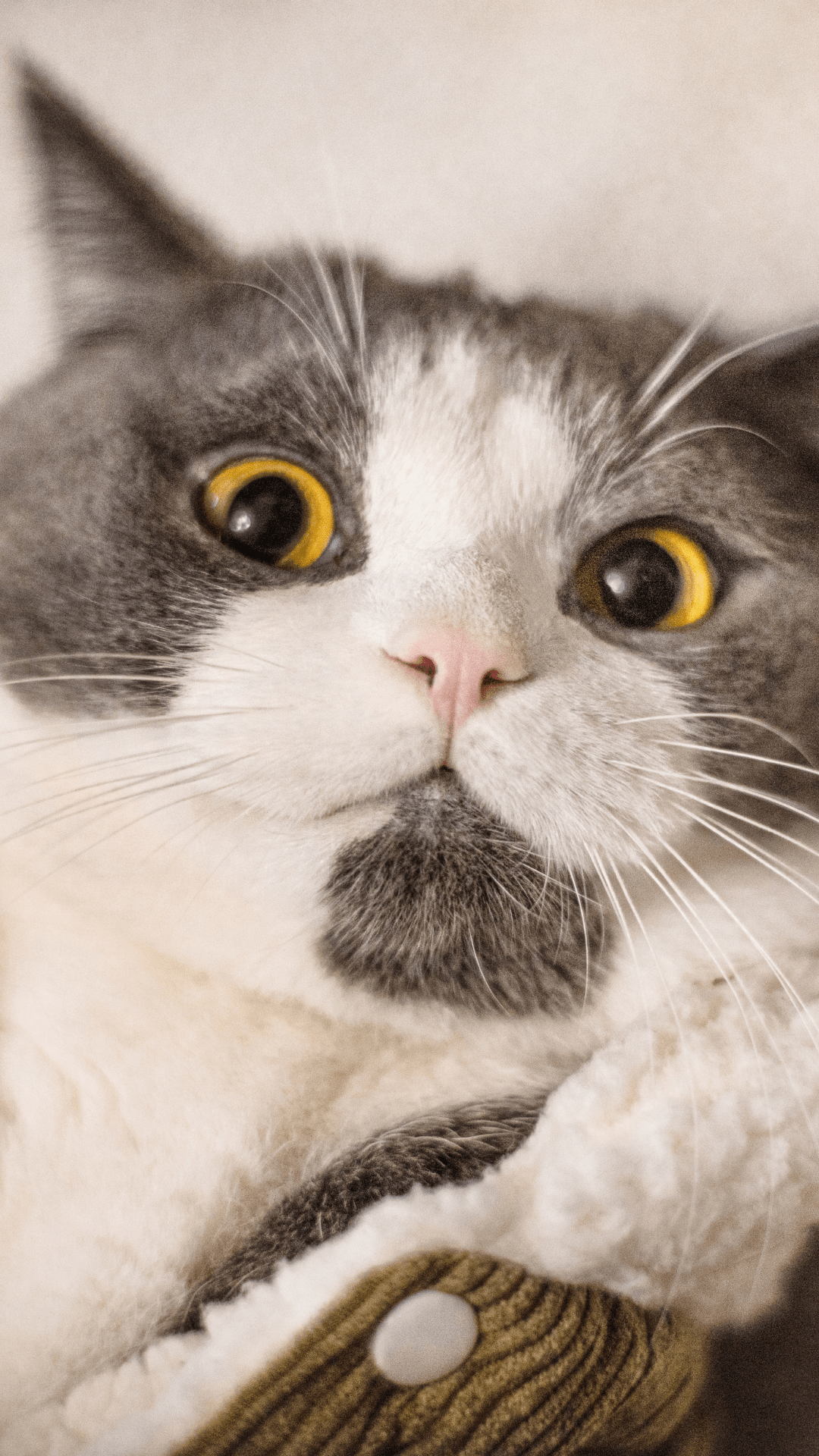




Share:
Herbal Flea Treatment for Dogs & Cats: Evidence-Based Guide
What flea treatment do vets use?